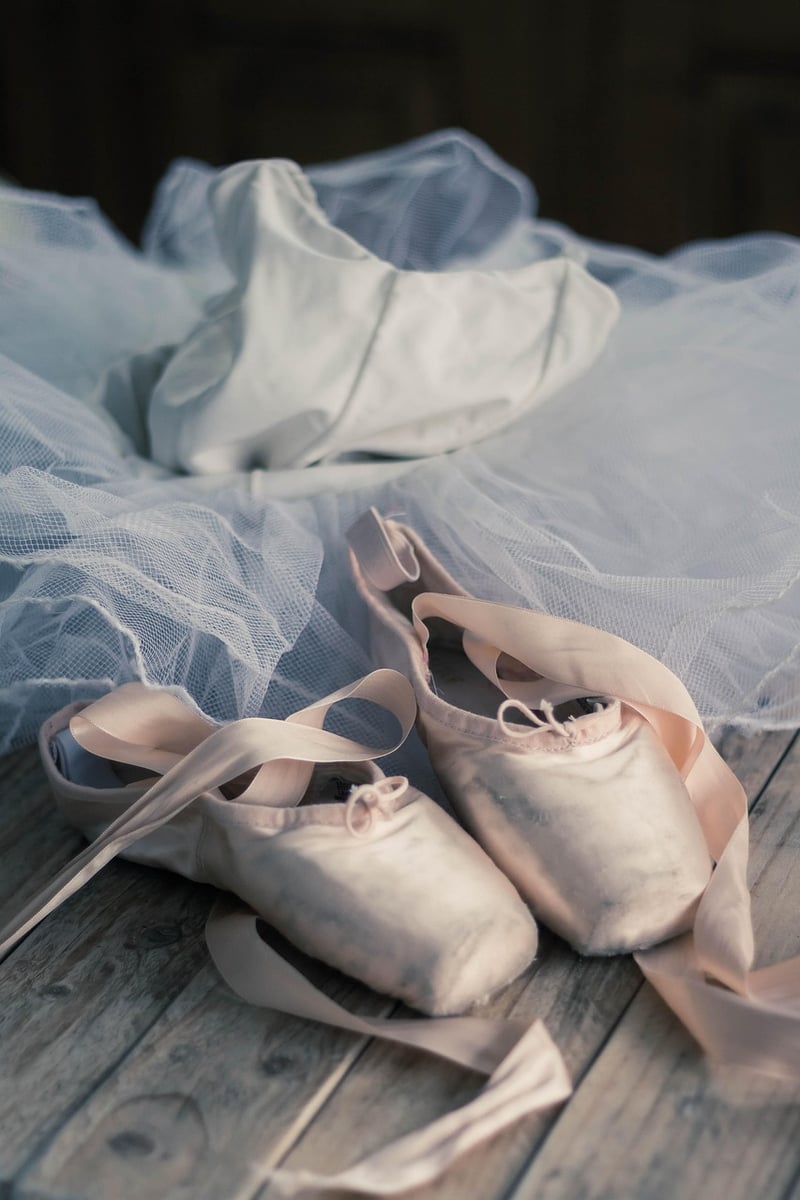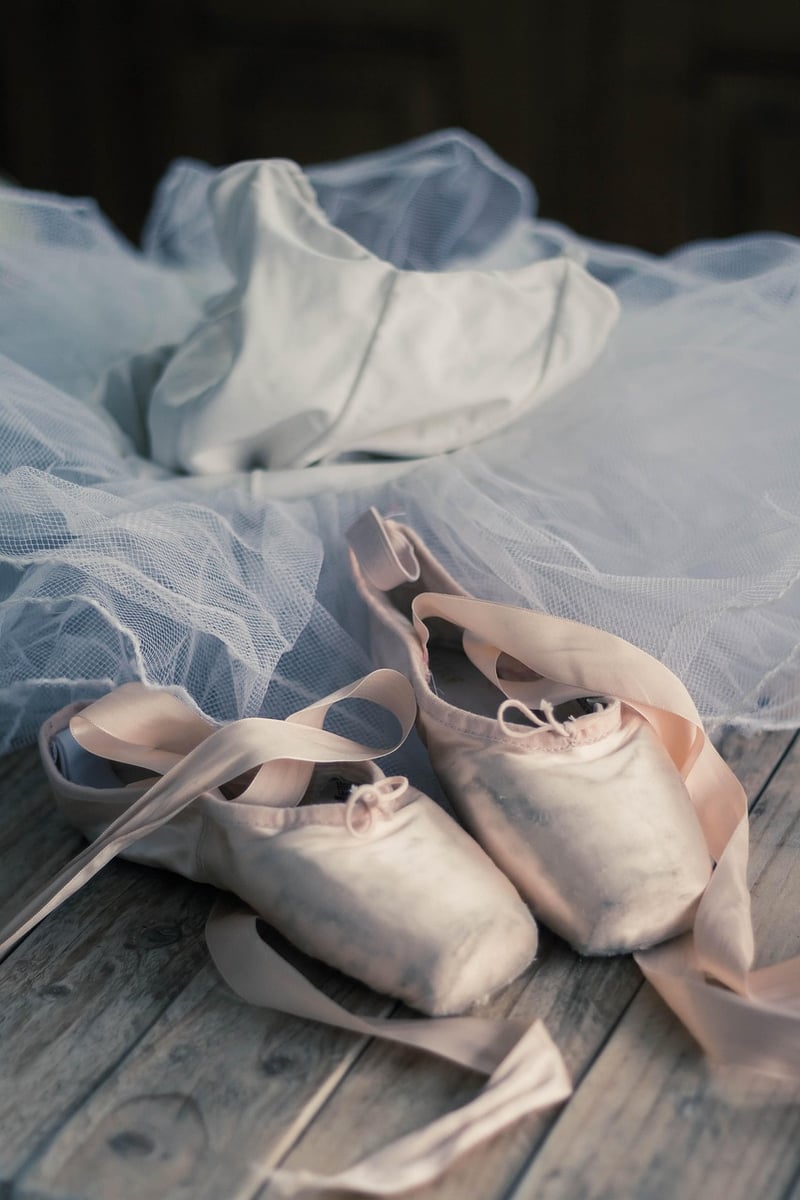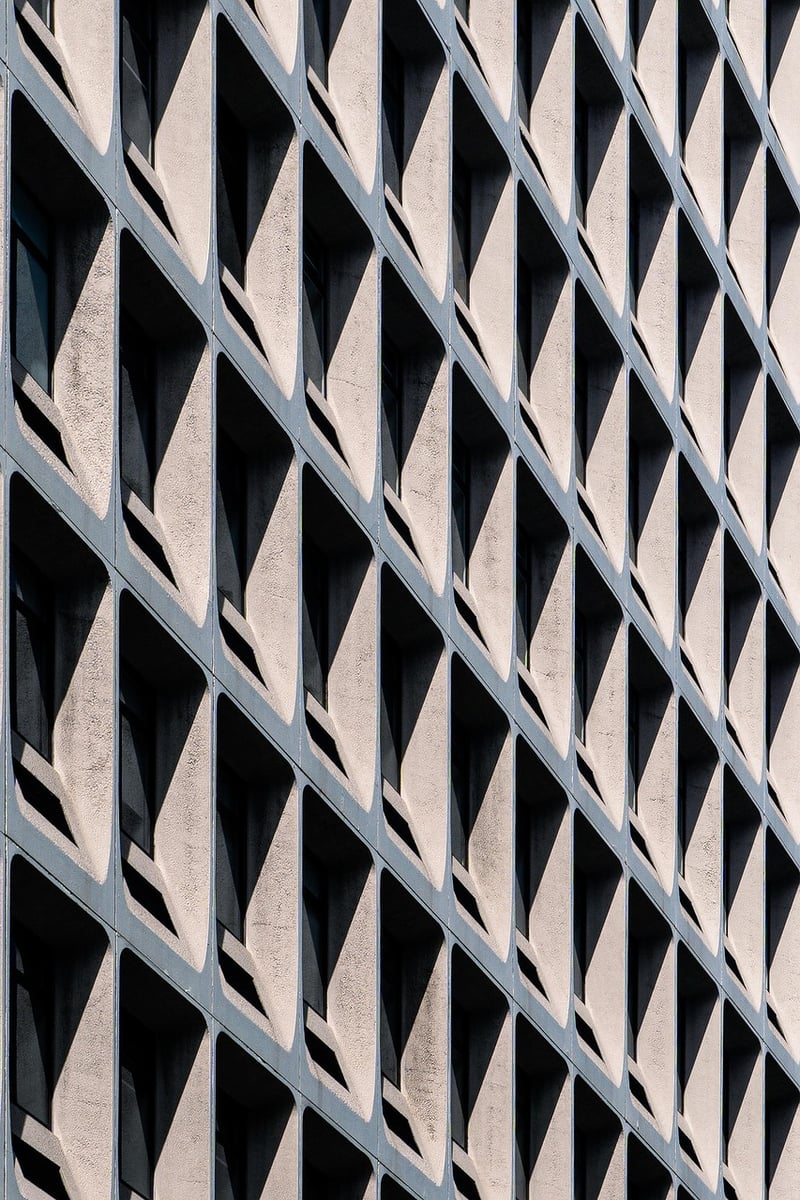Contemporary
Exploring Expressive Movement Forms in Contemporary Art
Expressive movement forms in contemporary art encompass a diverse range of styles and techniques that convey emotion, narrative, and meaning through physical gestures. From dance to performance art, artists today are pushing boundaries and exploring new ways to communicate through movement. Let's delve into some of the key expressive movement forms in contemporary art.
Dance
Dance has long been a powerful form of expression, blending movement, music, and storytelling to create captivating performances. In contemporary art, dance continues to evolve with choreographers experimenting with different styles, incorporating technology, and addressing current social issues through their movements.

Performance Art
Performance art challenges traditional notions of art by emphasizing the live presence of the artist and often involves audience participation. Artists use their bodies as a medium to convey concepts, provoke thought, and engage viewers in a unique and immersive experience.

Site-Specific Performances
Site-specific performances are designed to interact with a particular location, whether indoor or outdoor. By incorporating elements of the environment into their movements, artists create a dynamic relationship between the space and the performance, offering viewers a new perspective on their surroundings.

Physical Theatre
Physical theatre combines movement, gesture, and speech to convey a narrative without relying solely on dialogue. Artists in this genre explore the expressive potential of the body, often blurring the lines between dance, theatre, and performance art to create compelling and thought-provoking work.

Incorporating Technology
Many contemporary artists are integrating technology into their expressive movement forms, using projections, interactive elements, and digital enhancements to create multidimensional experiences. By merging the physical and digital realms, artists are redefining the possibilities of movement in art.
Exploring expressive movement forms in contemporary art offers a glimpse into the innovative ways artists are pushing boundaries, challenging conventions, and inviting audiences to engage with art in new and exciting ways.
